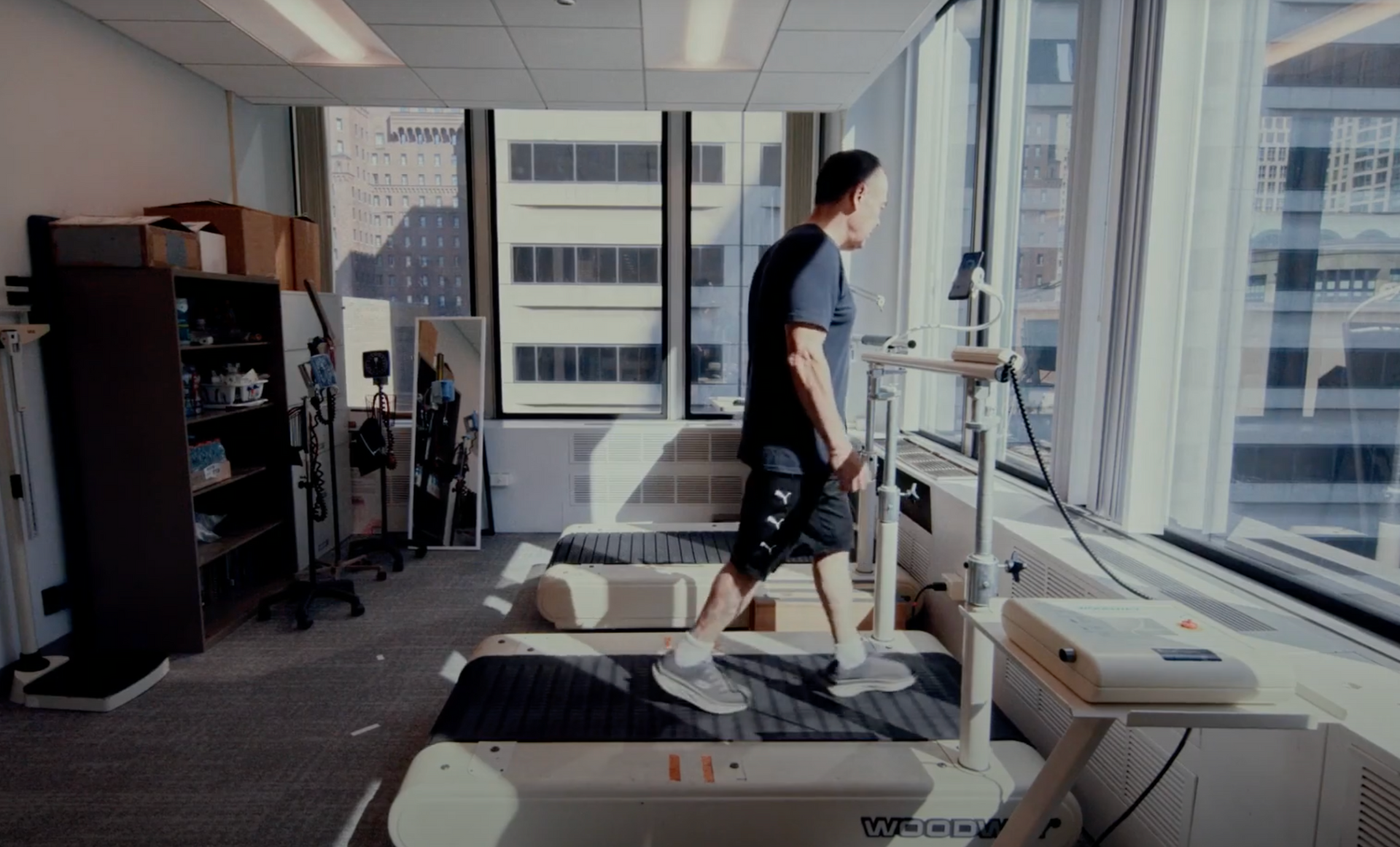Dancing isn't just a fun activity; it's a powerful tool for improving brain health, particularly for those with neurocognitive and movement disorders. The article "Your Brain on Dance" from Reader's Digest highlights the therapeutic benefits of dance for individuals with Parkinson's, dementia, multiple sclerosis, and more. Programs like Dancing With Parkinson’s, founded by Sarah Robichaud, use dance to enhance balance, coordination, and overall quality of life. Studies show that dancing increases brain plasticity, improves motor function, and fosters a sense of community. For more details, check out the full article here.
The Transformative Power of Dance on Brain Health
If you think dancing is just a hobby, think again! It's a scientifically proven method to boost brain health and improve the lives of those with neurocognitive and movement disorders. The article “Your Brain on Dance” from Reader’s Digest offers compelling evidence on how dance can be a game-changer for individuals with Parkinson’s, dementia, multiple sclerosis, and more.
Picture this: A group of 80 students, many with Parkinson’s, following a modern ballet routine on Zoom. This isn’t just exercise; it’s a lifeline. Sarah Robichaud, the founder of Dancing With Parkinson’s, witnesses profound transformations in her students. For over 16 years, her program has provided free daily dance classes, helping people move with more ease and joy.
The magic of dance lies in its ability to engage the brain in ways other exercises don’t. It’s not just physical; it’s a mental workout. Cognitive scientist Helena Blumen explains that dance’s intricate multitasking demands enhance neural connections, promoting brain health. In fact, a study from York University found that weekly dance training significantly improved motor function in Parkinson’s patients.
But it’s not just about movement; it’s about music and memory too. Following choreography involves learning patterns, thinking symmetrically, and remembering sequences, which strengthens various brain regions. This mental challenge, combined with the physical activity and the joy of music, creates a unique “pleasure double-play.”
Beyond the brain, dance fosters body acceptance and community. Erica Hornthal, a dance therapist, highlights how dance helps individuals with diseases like MS accept and celebrate their bodies. It’s about moving at your capacity and finding joy in it.
One of the most heartwarming aspects of dance is the community it builds. Dancing together helps combat the loneliness and isolation often felt by those with chronic illnesses. Programs like Dance for PD have spread worldwide, bringing hope and connection to countless individuals.
So, why not dance like nobody’s watching? Whether you join a class or dance in your living room, the benefits are clear. Dive into the full article to discover more about how dance is revolutionizing brain health and bringing joy to so many lives.


